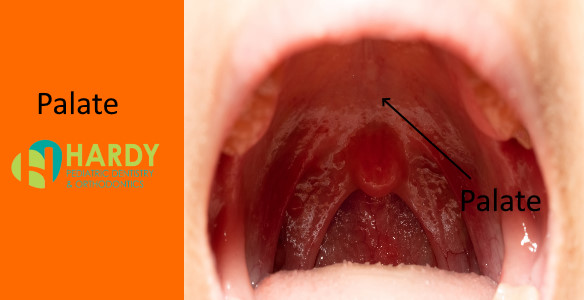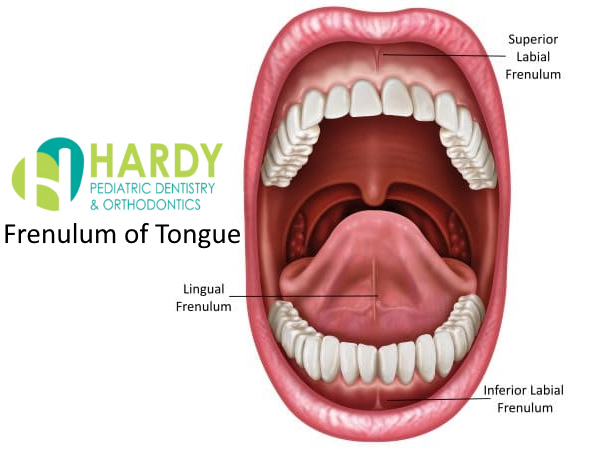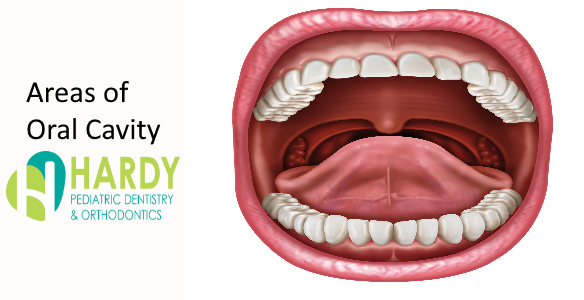Palate

Frenulum of Tongue
September 15, 2022
Five Common Myths About Tongue/Lip Ties
September 21, 2022The palate serves as the mouth’s roof. The nasal cavity and oral cavity are divided by it. The palate’s front section is bony. (hard palate) and the back portion is muscular (soft palate). Know about Tongue Tie Treatment.

Table of Contents
What Are the Two Palate Types?
The hard palate and the soft palate are the two main components of the palate.
The bony part is the hard palate. The piece of the mouth’s palate that it makes up is a horizontal bony plate. It gives the tongue room to move freely and gives the nasal chamber a firm bottom so that forces within the mouth don’t block the nasal tube.
The muscular soft palate is found near the rear of the mouth. It serves as a barrier between the digestive and respiratory systems and serves to divide the mouth from the nose. Its primary purpose is to facilitate breathing, swallowing, and speaking.
How Come My Palate Aches?
Due to oral trauma, your hard or soft palate may be sore and sensitive. The most typical kind of palate injuries are cuts and scratches brought on by eating tough or pointy foods. Consuming food and beverages that are excessively hot or cold may also result in stinging burns and painful blisters.
What Issues Can A Soft Palate Bring About?
Due to the palate’s inability to distinguish between the digestive system and the respiratory tract, a cleft palate may affect a person’s ability to speak and swallow. Some infants with cleft palates could have more ear infections, hearing impairments, or dental problems.
Why Do I Have a Bump on My Hard Palate?
The bump is called Torus palatinus. A bony growth in the center of the hard palate or the roof of the mouth is known as a torus platinus. The size of this hump might range from hardly perceptible to enormous. Torus palatinus, despite its size, is not an indication of any underlying illness.
Does High Palate Affect Speech?
One such difficulty is having articulation or speech issues. The high-arched palate associated with cleft palate repair affects how close the palate’s surface is to the tongue, which affects phonation and articulation. Hypernasal and unintelligible sounds are produced by a high palate.


